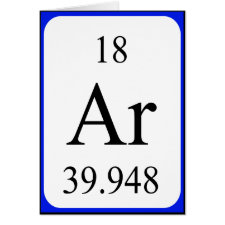
Authors: Zhang YQ, Qin Z, Tu ZY
Article Title: Study of the Preparation of Flavone Imprinted Silica Microspheres and Their Molecular Recognition Function.
Publication date: 2007
Journal: Chemical Engineering & Technology
Volume: 30
Issue: (8)
Page numbers: 1014-1019.
DOI: 10.1002/ceat.200700116
Abstract: The aim of this study is to prepare flavone imprinted silica with good sphericity. Previous studies have demonstrated that imprinted silica can be synthesized using a simple sol-gel method and a grinding-sieving process. Despite the simplicity of the synthetic method, the appearance of the final product obtained is often very irregular and nonuniform. This product has many utilization issues and problems, e.g., residues and low operability. In this study, one type of novel spherical flavone imprinted silica was synthesized. A sol-gel method and molecular imprinting technique were employed. By using luteolin as a template molecule, aminopropyltriethoxysilane (APTS) as the functional monomer, tetraethoxysilane (TEOS) as the cross-linking agent, molecularly imprinted silica microspheres were prepared via a two-stage reaction. The preparation conditions were monitored by the appearance of the products. SEM images show that under optimum conditions, the diameters of these microspheres are ca. 20-30 ?m. The amino group adsorption peaks can be seen from the IR spectra. Results from elemental analysis indicate that 3.206 ?mol of amino groups were successfully introduced into 1 g of product. This microspheric adsorbent has a high adsorption capacity to the template molecule, high adsorption selectivity and reproducibility. The adsorption capacity amounted to 32.987 mg/g and the separation factor was up to 84.3, while the adsorption capacity hardly decreased after 15 cycles
Template and target information: flavone
Author keywords: adsorption, microspheres, sol-gel



Join the Society for Molecular Imprinting

New items RSS feed
Sign-up for e-mail updates:
Choose between receiving an occasional newsletter or more frequent e-mail alerts.
Click here to go to the sign-up page.
Is your name elemental or peptidic? Enter your name and find out by clicking either of the buttons below!
Other products you may like:
 MIPdatabase
MIPdatabase









